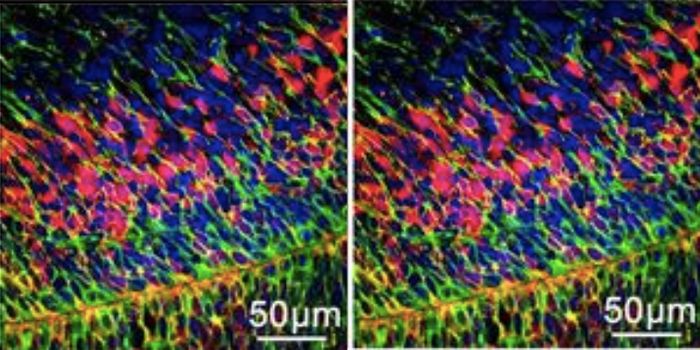Hutchinson–Gilford progeria syndrome is a rare disorder that impacts around 400 people in the world. Many people have heard of progeria because of its association with Benjamin Button - a fictional character that aged in reverse, so as a child he was very old. When people carry a mutation in a gene called lamin A that changes only a single letter of the genetic code, they have the rare and fatal genetic disease that causes symptoms that are akin to rapid, premature aging.
The CRISPR gene editor has now been used to correct the genetic mutation that causes progeria. Mice carrying the mutation that causes progeria are hunched and barely moving by seven months old when they should still have youthful vigor. When these mutated mice were treated with CRISPR to correct the mutation, they no longer had heart trouble and lived twice as long as untreated mice. The work has been reported in Nature.
“The outcome is incredible,” gene-therapy researcher Guangping Gao of the University of Massachusetts, who was not involved with the study, told Science.
This work will need further refinement before it's used in people, but the researchers are hopeful that they can quickly move it closer to clinical testing.
These results are “beyond anyone’s wildest expectations,” Fyodor Urnov, a gene-editing researcher at the University of California, Berkeley commented to Science. “The new data are an imperative to treat a child with progeria … and do so in the next three years.”
The lamin A gene would normally make the lamin A protein to provide support for the membrane surrounding the cell's nucleus, which holds the DNA. The nuclear membrane is disrupted by the mutated protein, called progerin, which is toxic in many tissues. People carrying the mutation often go bald as toddlers and have atherosclerosis, stiff joints, wrinkles, loss of body fat, and osteoporosis. Patients die at an average age of 14 due to a heart attack or stroke.
While researchers have tried to use standard CRISPR methods to correct the mutated gene and resulting protein, the effort was only modestly effective at improving symptoms in a mouse model. The researchers then decided to try a version of CRISPR that only works to swap out a single base of the genetic code.
The researchers tested their new approach in cells derived from affected patients and found ways to package and deliver the gene-editing reagents. In this work, that was done as it usually is, with viral constructs called adeno-associated viruses (AAVs). In a mouse model, there were improvements in the health of their hearts, and other tissues had lower levels over the mutant protein progerin and higher levels of the normal protein lamin A.
“The results were far better than we had dared to hope,” said the director of the National Institutes of Health, Francis Collins.
There have been liver tumors in the mouse model, however, which has previously been observed in AAV-treated mice. Even though people treated with AAV gene therapy have not developed these tumors, the researchers are trying to improve the safety of the technique.
Study co-author Leslie Gordon co-founded the Progeria Research Foundation, and is a Brown University physician whose son died from progeria. Her foundation is trying to move forward with clinical trials as soon as possible. “We will find a way to get this done for these kids,” Gordon told Science.









